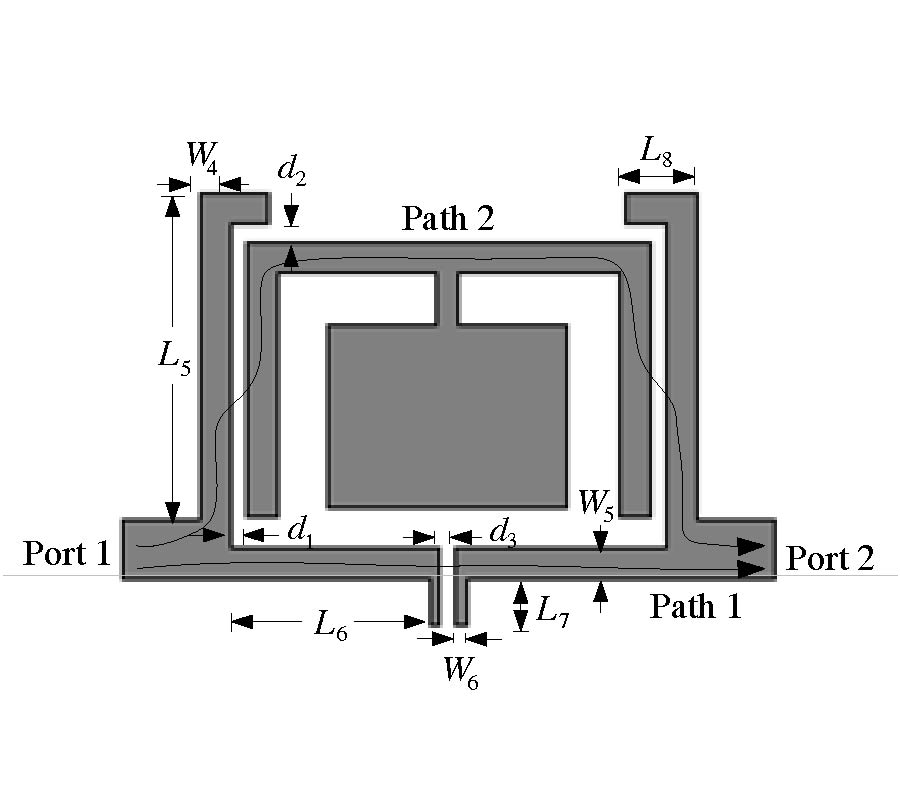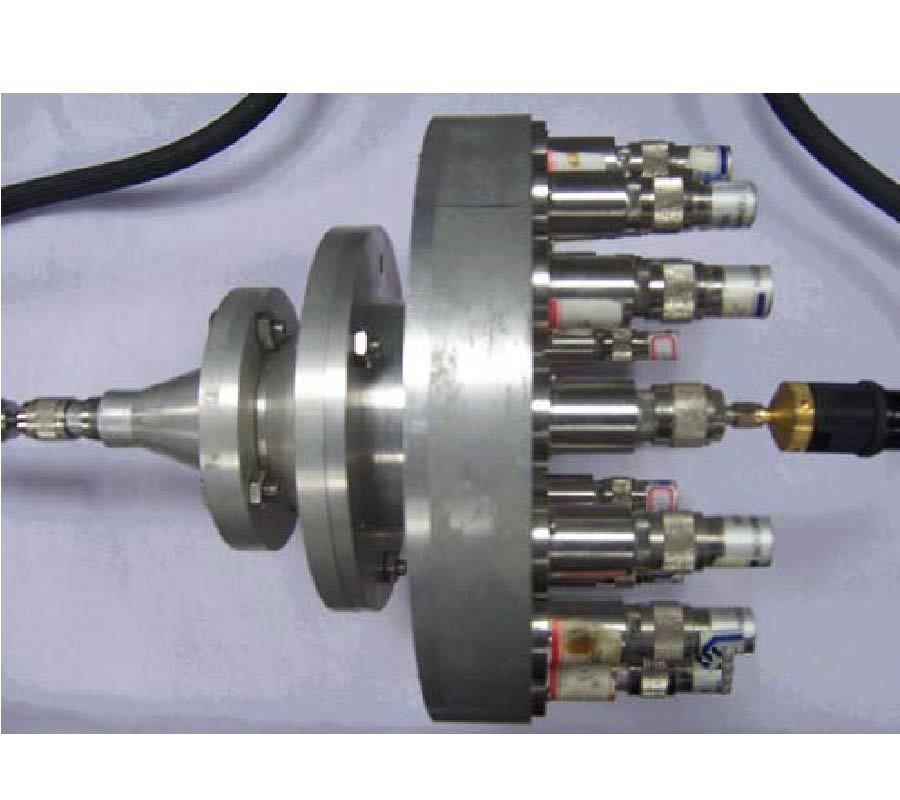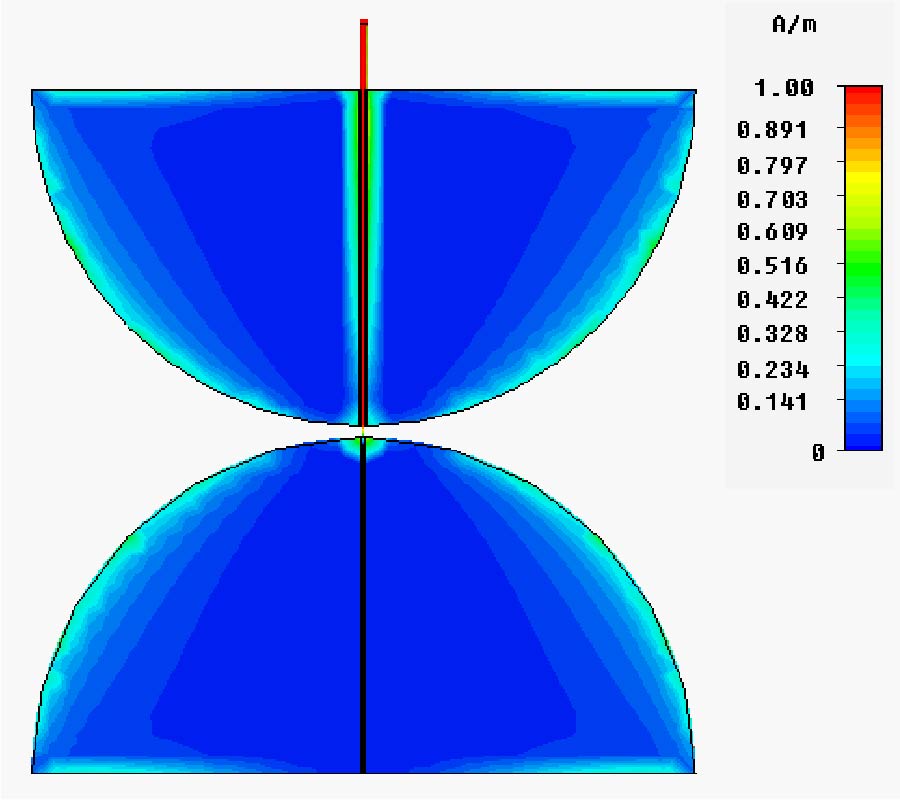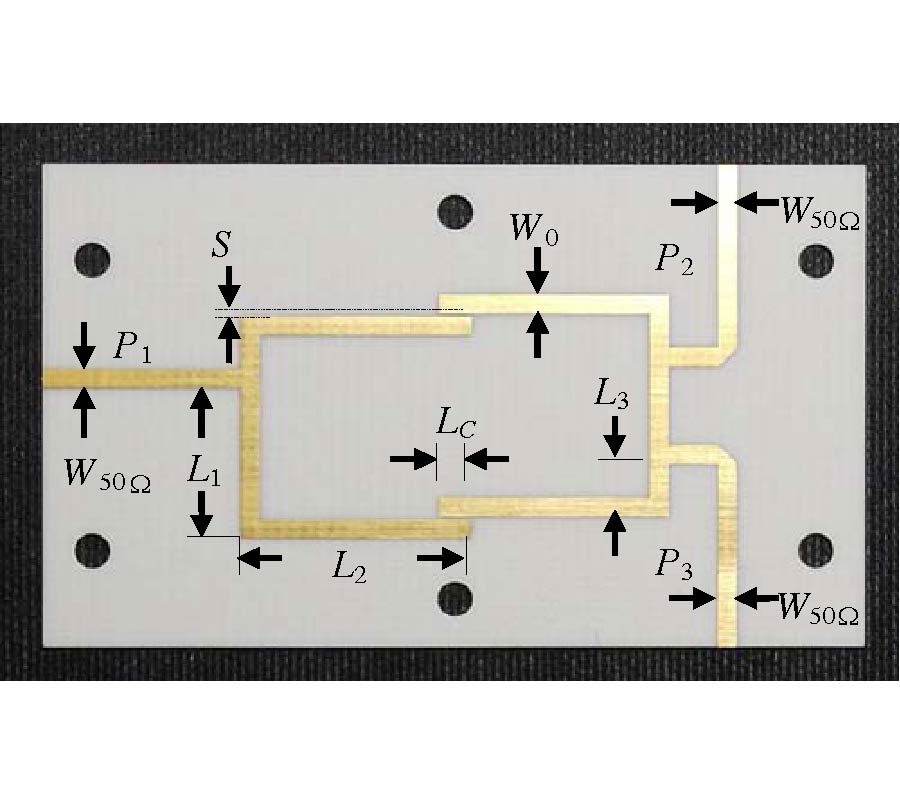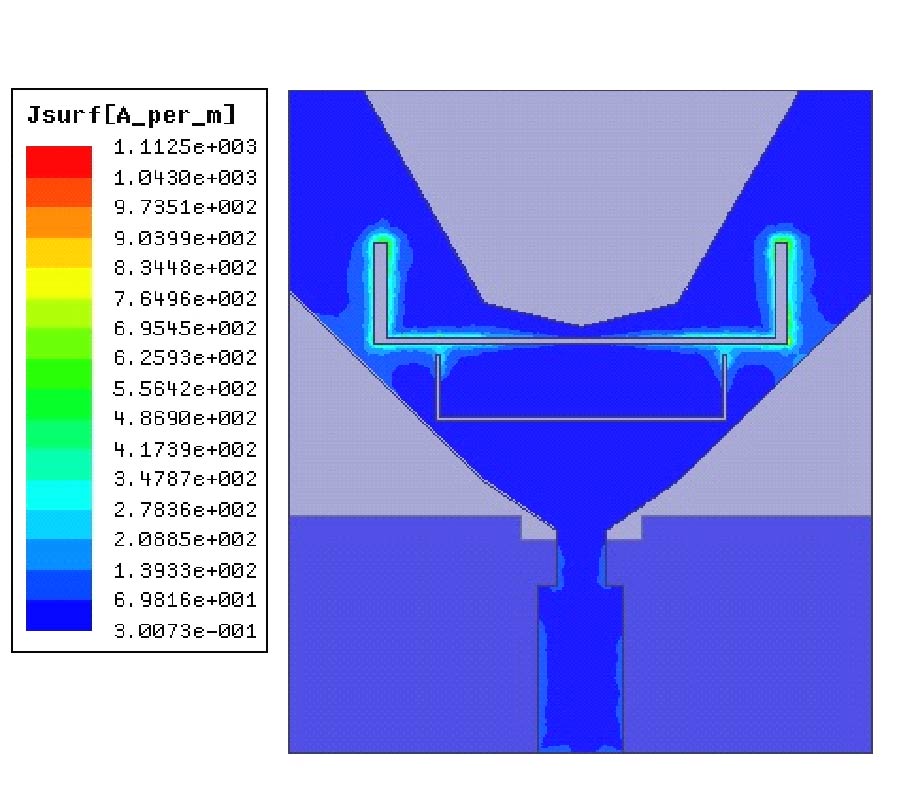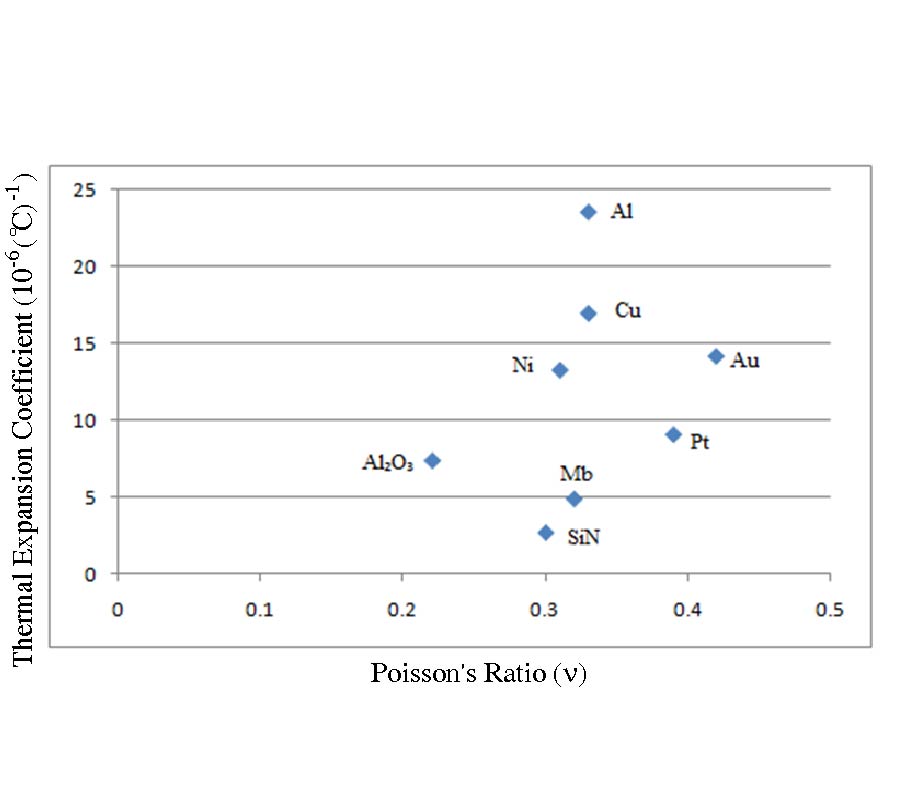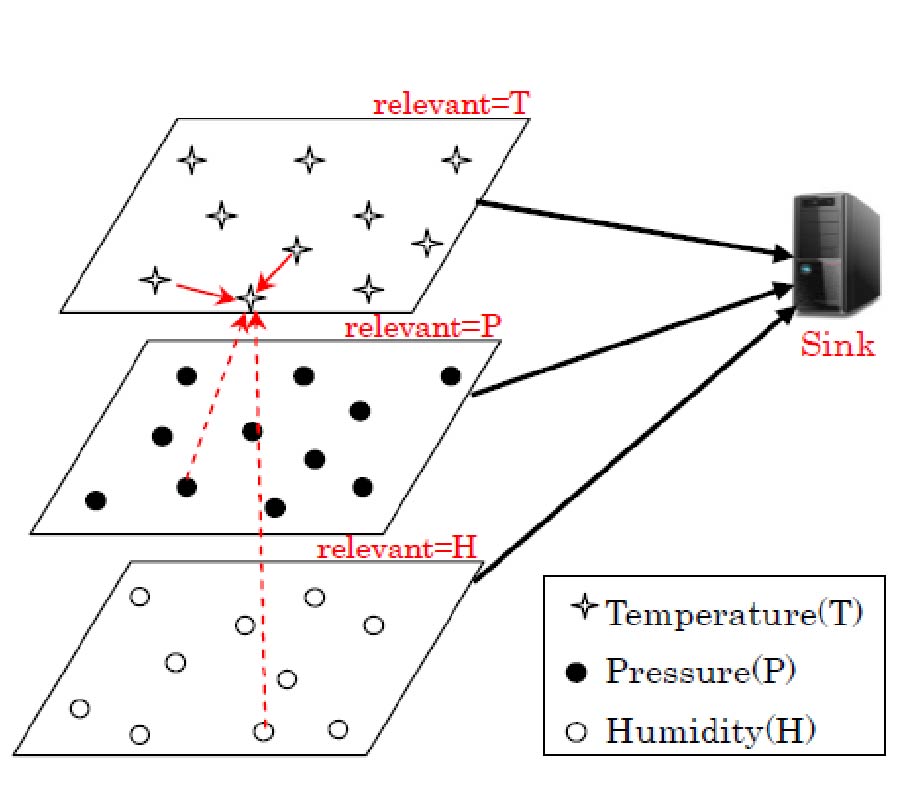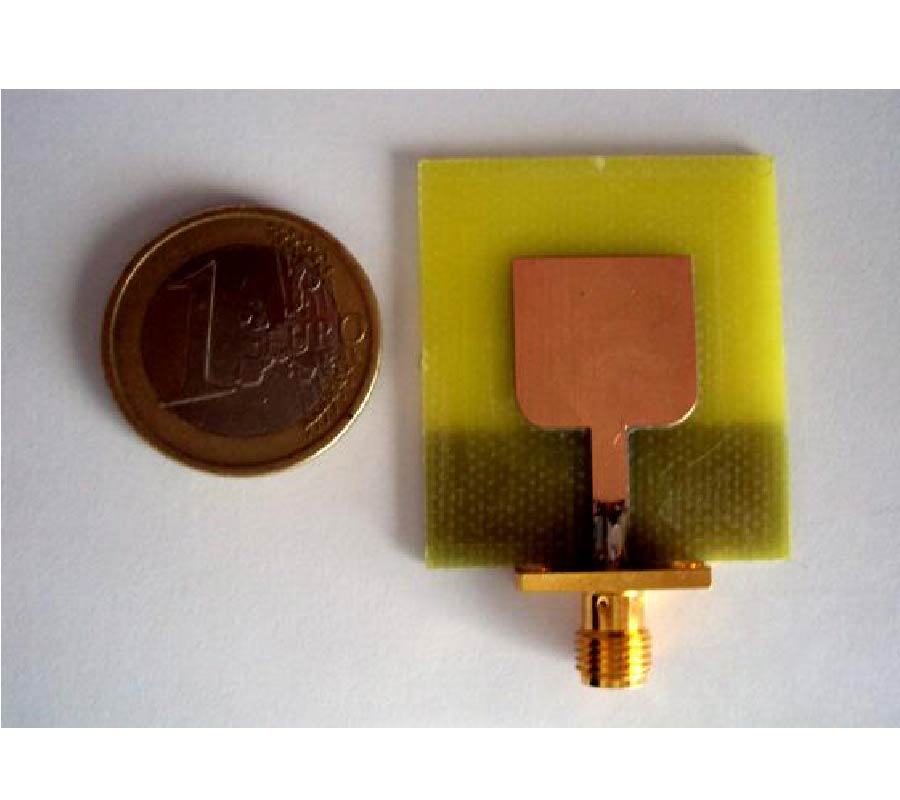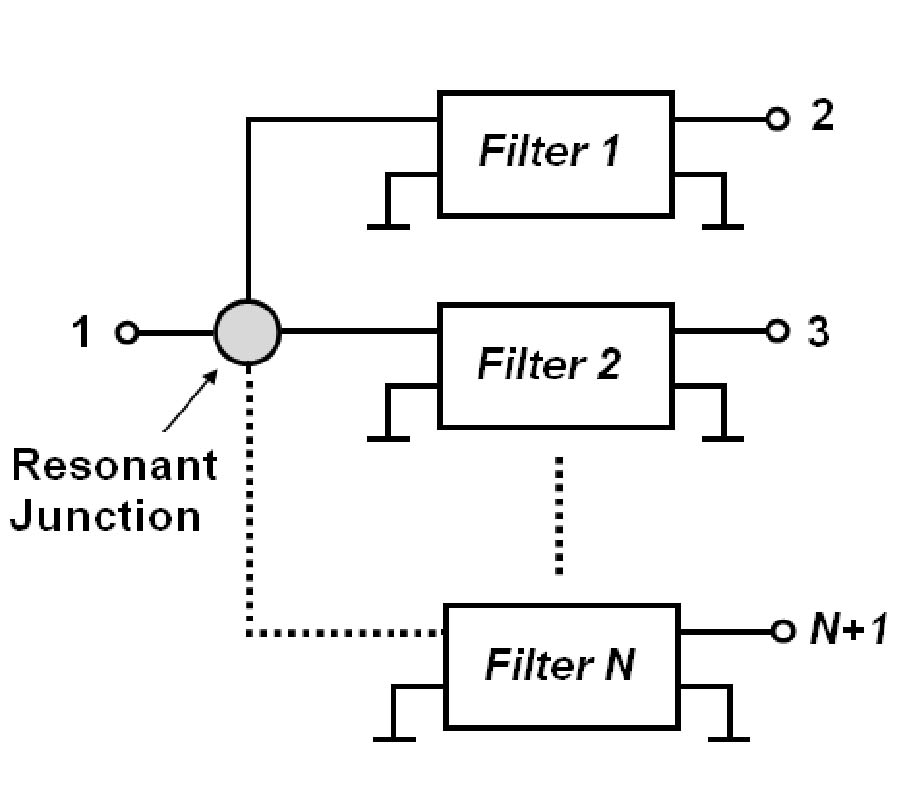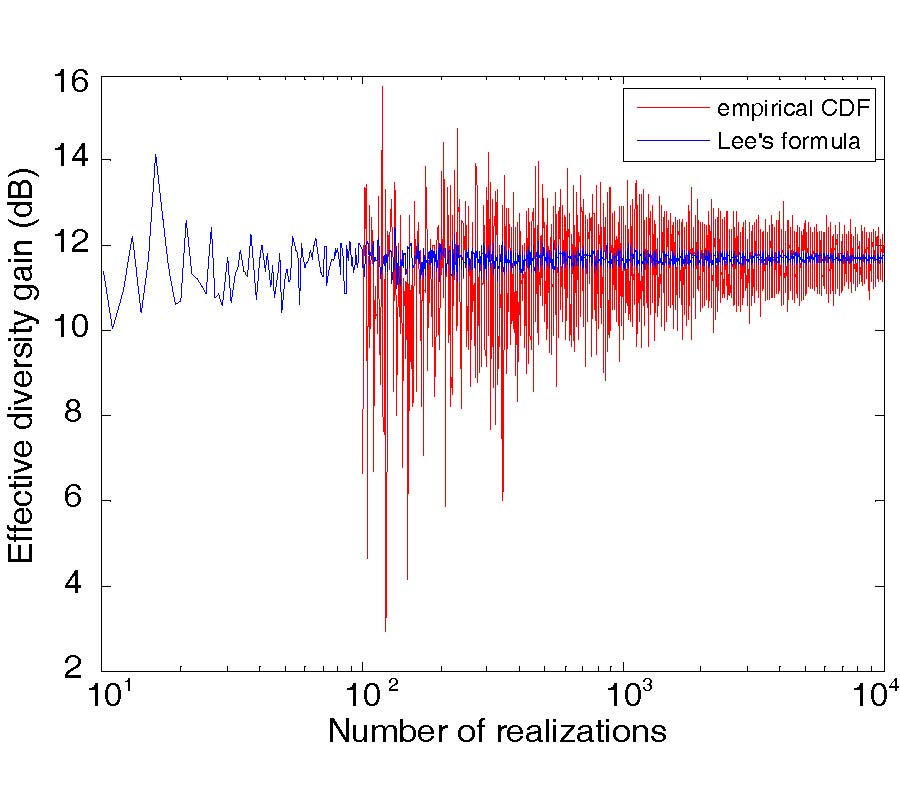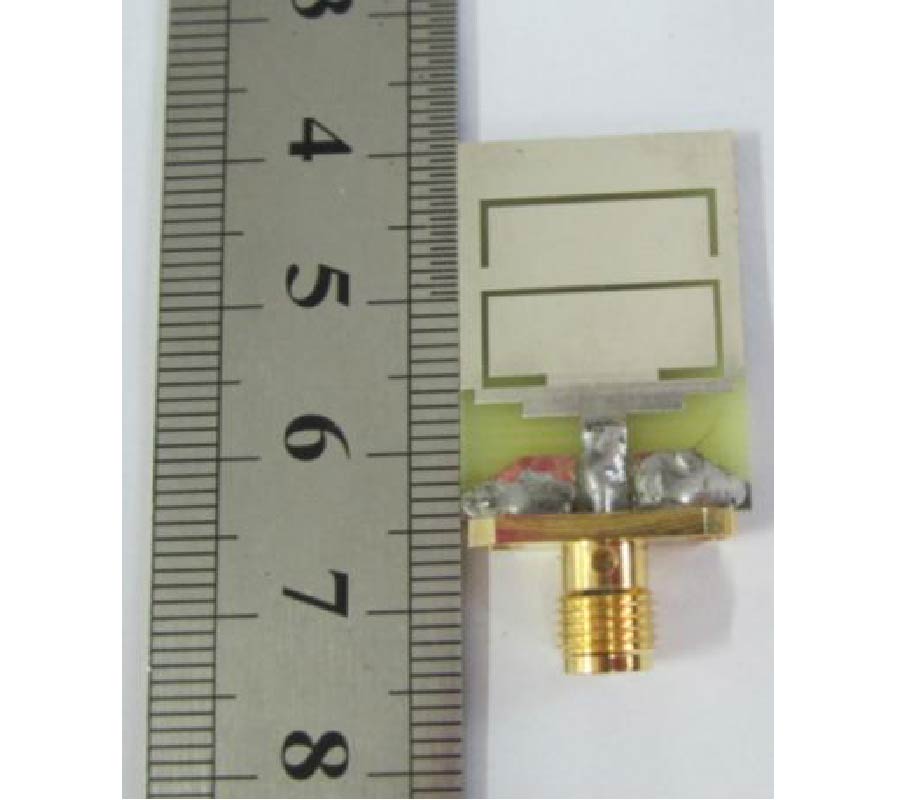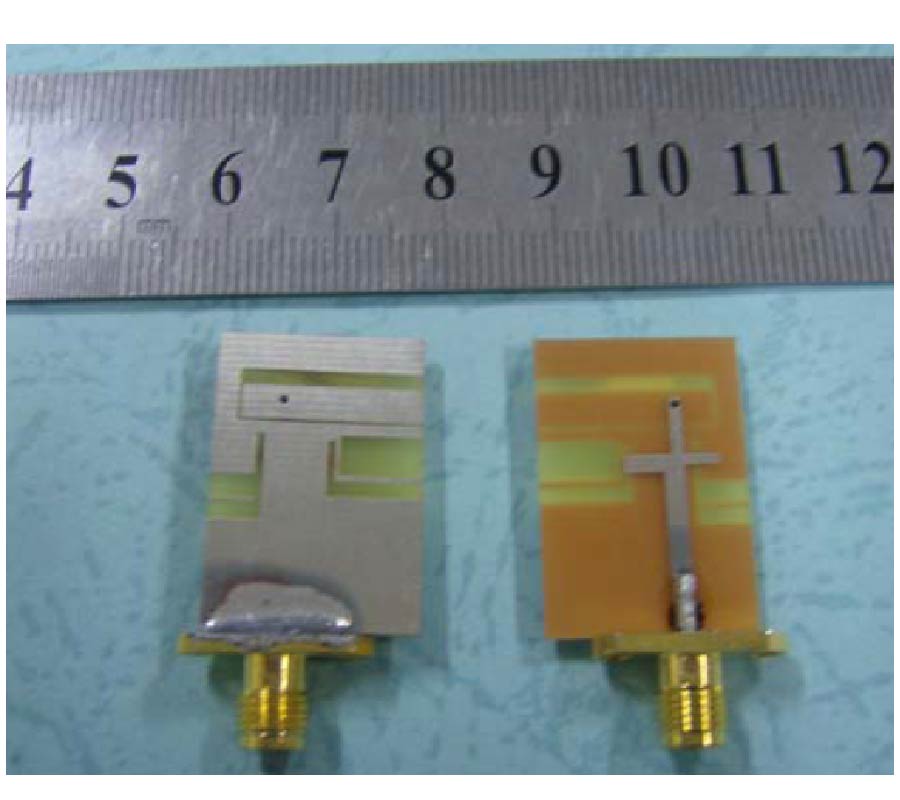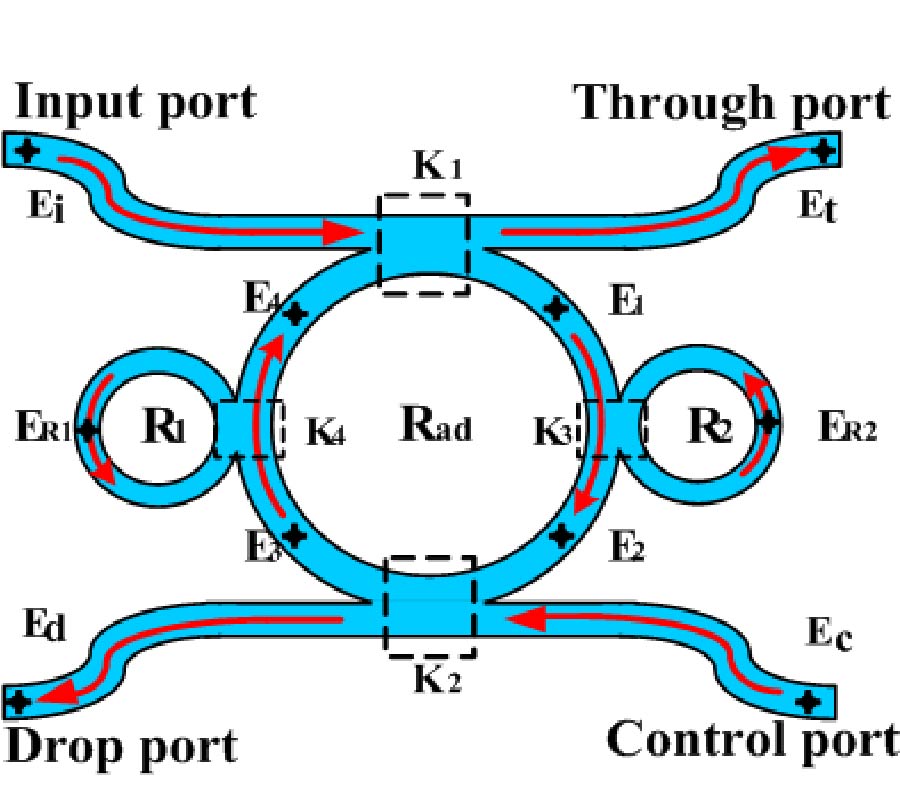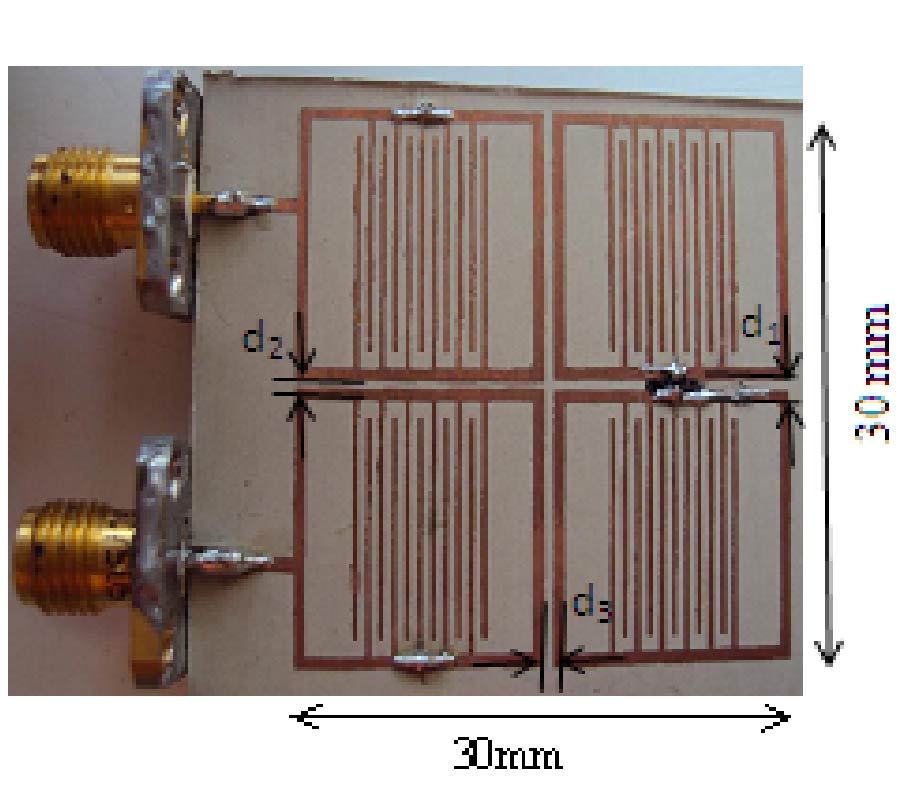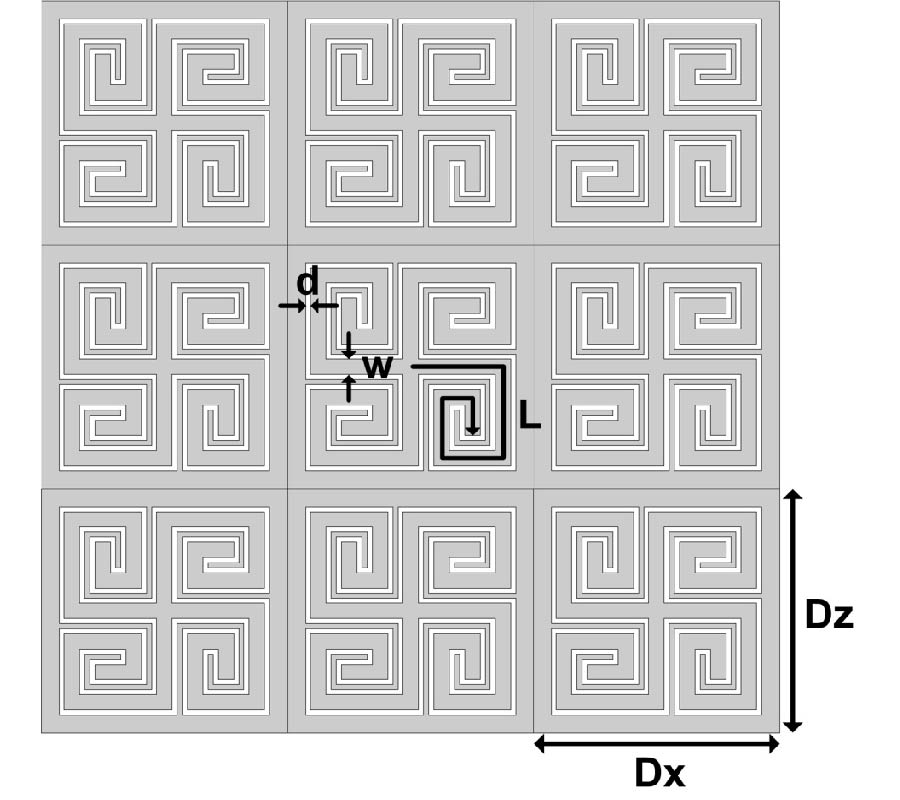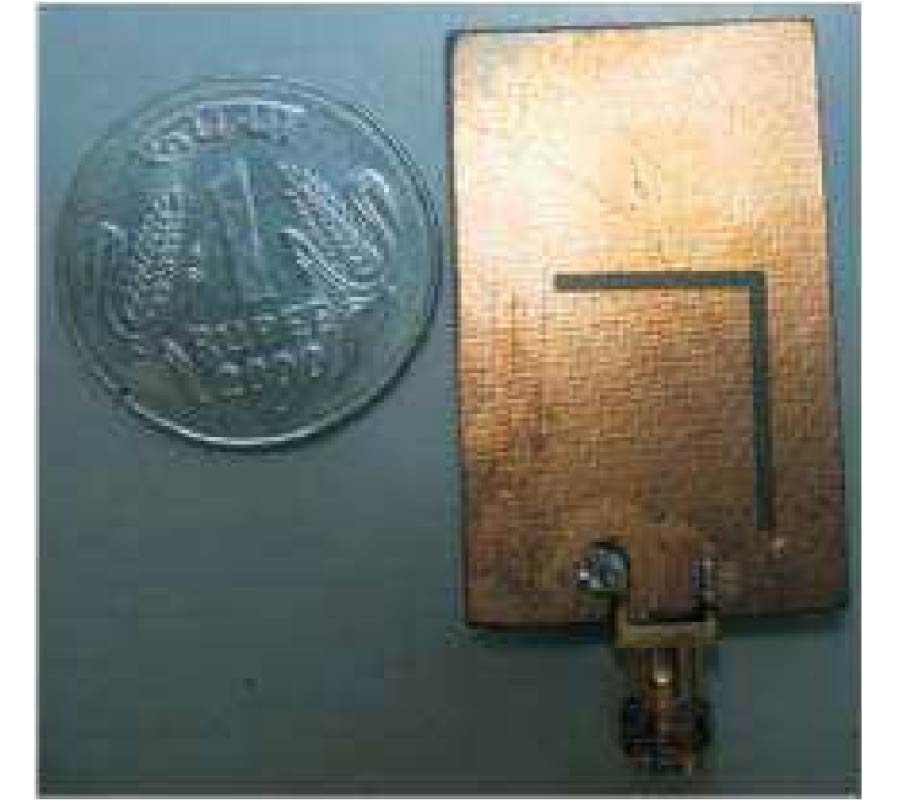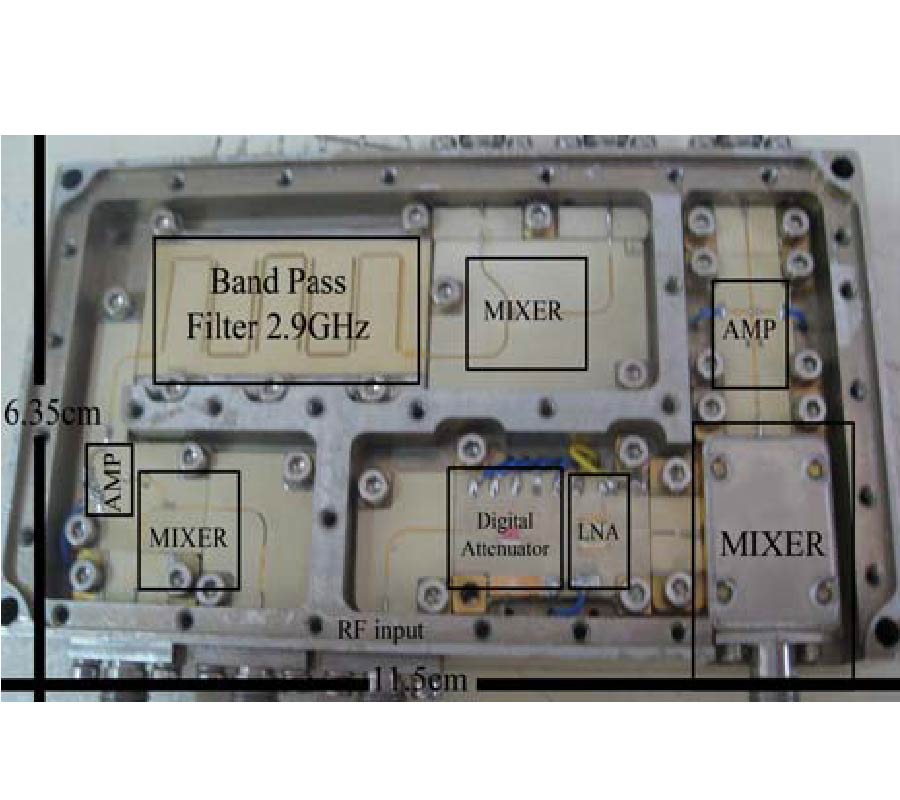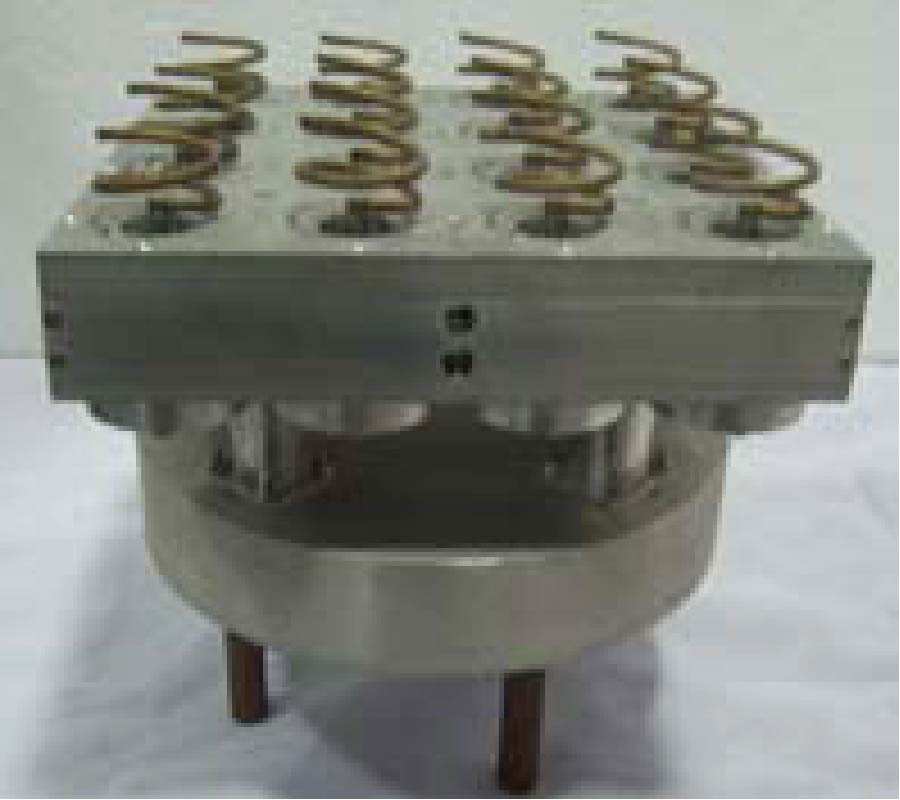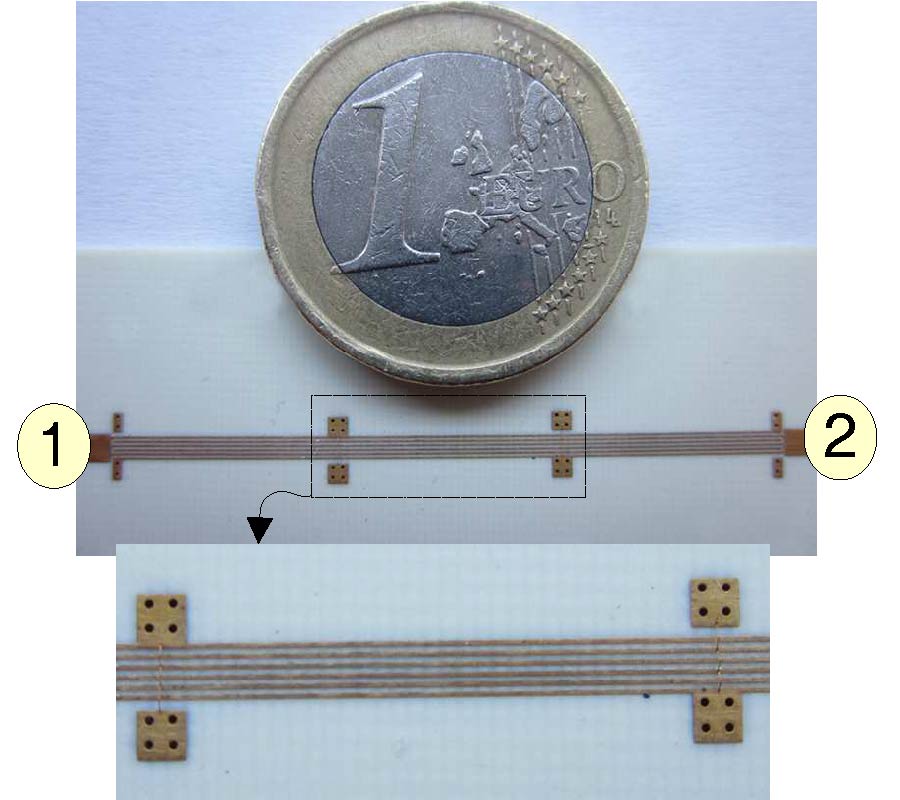Electromagnetic Field of a Horizontal Infinitely Long Magnetic Line Source Over the Earth Coated with a Dielectric Layer
Yongjian Zhi,
Ji En Ma,
You-Tong Fang and
Kai Li
In this paper, the electromagnetic field of a horizontal infinitely long magnetic line source over the dielectric-coated earth is treated analytically, and the complete approximate solution for the radiated field under the far-field conditions is outlined. The total field is composed of four modes: the direct wave, the ideal reflected wave or image wave, the trapped surface wave, and the lateral wave. In particular, the complete analytical formulas are obtained for both the trapped surface wave and the lateral wave. The trapped surface wave is determined by the sum of residues of the poles. When the infinitely long magnetic line source or the observation point is away from the planar surface of the dielectric-coated earth, the trapped surface wave deceases exponentially in the z direction, and the total field is determined primarily by the lateral wave. When the conductivity of the earth is large, and both the infinitely long magnetic line source and the observation point are on or close to the air-dielectric boundary, the total field is determined primarily by the trapped surface wave.
